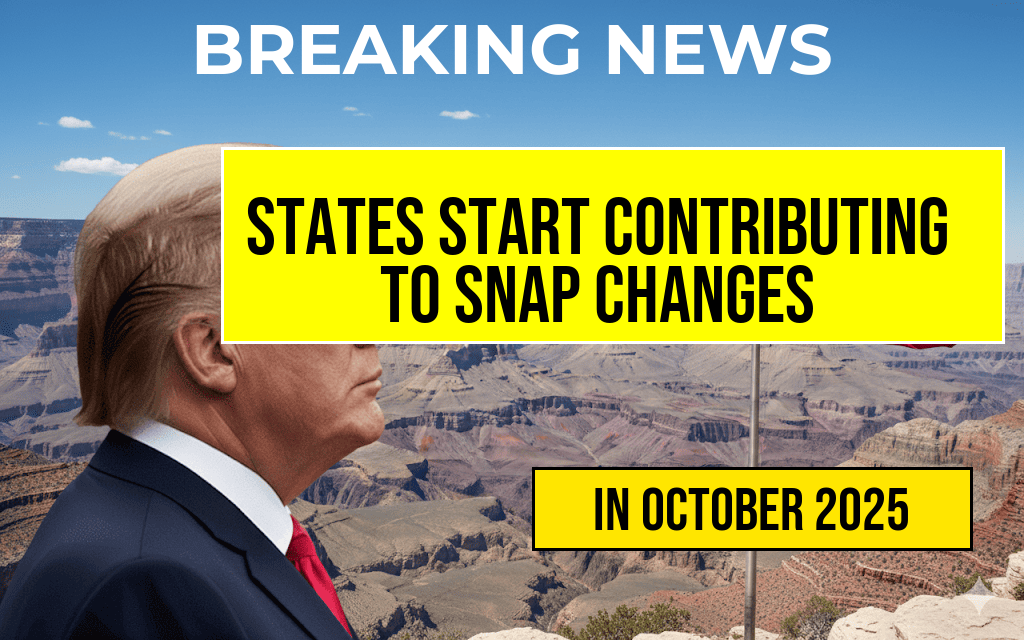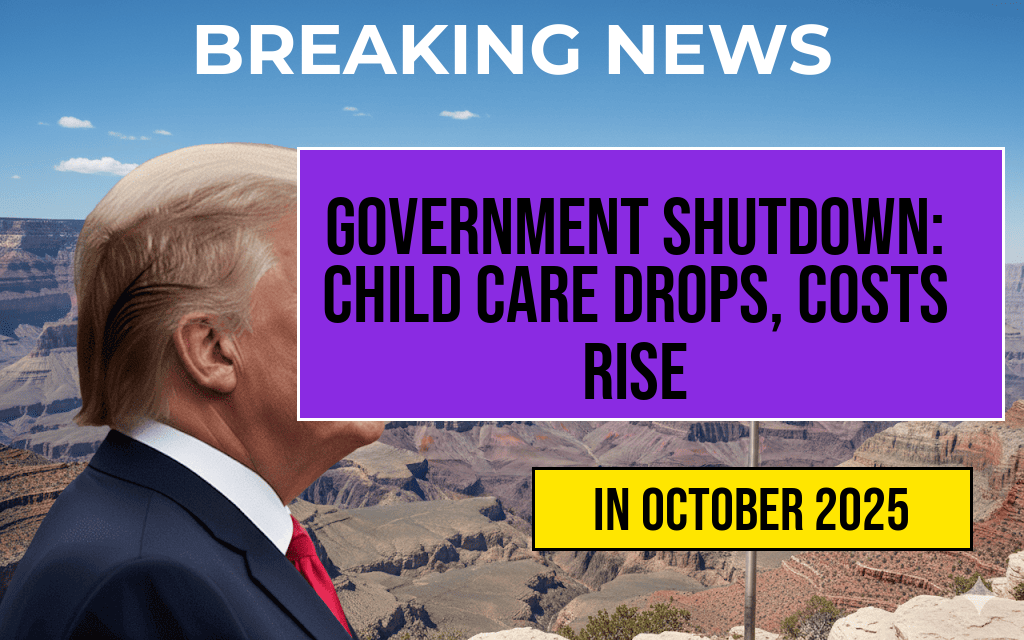As states begin to implement significant changes to the Supplemental Nutrition Assistance Program (SNAP), projections indicate that these adjustments could cost American households up to $30 billion over the next decade. The alterations, commonly referred to as the “Big Bill” changes, aim to streamline the program but have raised concerns among advocates and lawmakers about their potential impact on low-income families. With a focus on reducing administrative burdens and improving access to benefits, the new measures may also inadvertently lead to reduced assistance for many eligible recipients. This shift comes at a time when economic pressures are already straining household budgets across the country.
Understanding the Big Bill Changes
The recent SNAP changes are part of broader legislation designed to reform welfare programs. States are now required to adopt new policies aimed at enhancing efficiency within the SNAP framework. However, these reforms could result in a significant decrease in funding for many beneficiaries. Experts estimate that the cost implications could manifest through reduced benefits and stricter eligibility criteria.
What Do the Changes Entail?
- Streamlined Application Processes: States will implement new technologies to facilitate quicker applications and access to benefits.
- Eligibility Requirements: Stricter income thresholds may limit the number of households qualifying for assistance.
- Benefit Adjustments: A potential reduction in monthly benefit amounts could impact families relying on SNAP for basic nutrition.
The Financial Impact on Households
The anticipated $30 billion cost over the next ten years could significantly affect millions of Americans. Economists warn that while the intention behind the reforms is to improve the program’s effectiveness, the financial strain on families could lead to increased food insecurity. Research from the Feeding America network highlights the already precarious situation for low-income households, many of which depend on SNAP to afford essential groceries.
State Responses to the Bill
Different states have reacted to the implementation of the Big Bill in varied ways. Some have embraced the changes, viewing them as an opportunity to modernize welfare systems, while others have expressed concerns about the potential fallout for vulnerable populations.
| State | Response | Projected Impact |
|---|---|---|
| California | Supportive; looking to streamline processes | Increased efficiency, potential benefit reductions |
| Texas | Concerned about eligibility restrictions | Potential rise in food insecurity |
| New York | Advocating for protections for low-income families | Maintaining access to essential nutrition |
Advocacy and Future Considerations
Advocacy groups are mobilizing to address the potential negative impacts of the Big Bill changes. Organizations such as the Food Research & Action Center are working to ensure that the voices of impacted families are heard in legislative discussions. They argue that while reform is necessary, it should not come at the expense of the most vulnerable.
Looking Ahead
As states continue to adapt to the new SNAP regulations, the long-term consequences will become clearer. Lawmakers will need to monitor the program’s effectiveness and its impact on food security among low-income households. The balance between modernization and accessibility remains a critical discussion as the nation navigates these changes.
With millions of Americans relying on SNAP, ensuring that the program remains robust and accessible is vital for public health and economic stability. The coming years will be crucial in determining how these reforms will shape the future of food assistance in the United States.
Frequently Asked Questions
What are the main changes to the SNAP program mentioned in the article?
The article discusses significant changes to the SNAP program that states are beginning to implement, which could lead to a total cost of $30 billion over the next decade for affected households.
How will these changes impact household budgets?
The potential changes to the SNAP program may result in increased expenses for households, making it more challenging for families to afford necessary food items and manage their overall budget.
Which states are contributing to the ‘Big Bill’ SNAP changes?
While the article does not specify all states involved, it highlights that several states are actively participating in the implementation of the Big Bill changes to the SNAP program.
What is the expected timeline for these SNAP changes?
The changes to the SNAP program are expected to roll out gradually, with the potential financial impacts being felt by households over the next decade.
How can households prepare for the financial impacts of these changes?
Households can prepare for the anticipated financial impacts by reviewing their budget, seeking additional resources, and exploring community support options to mitigate potential food insecurity.










